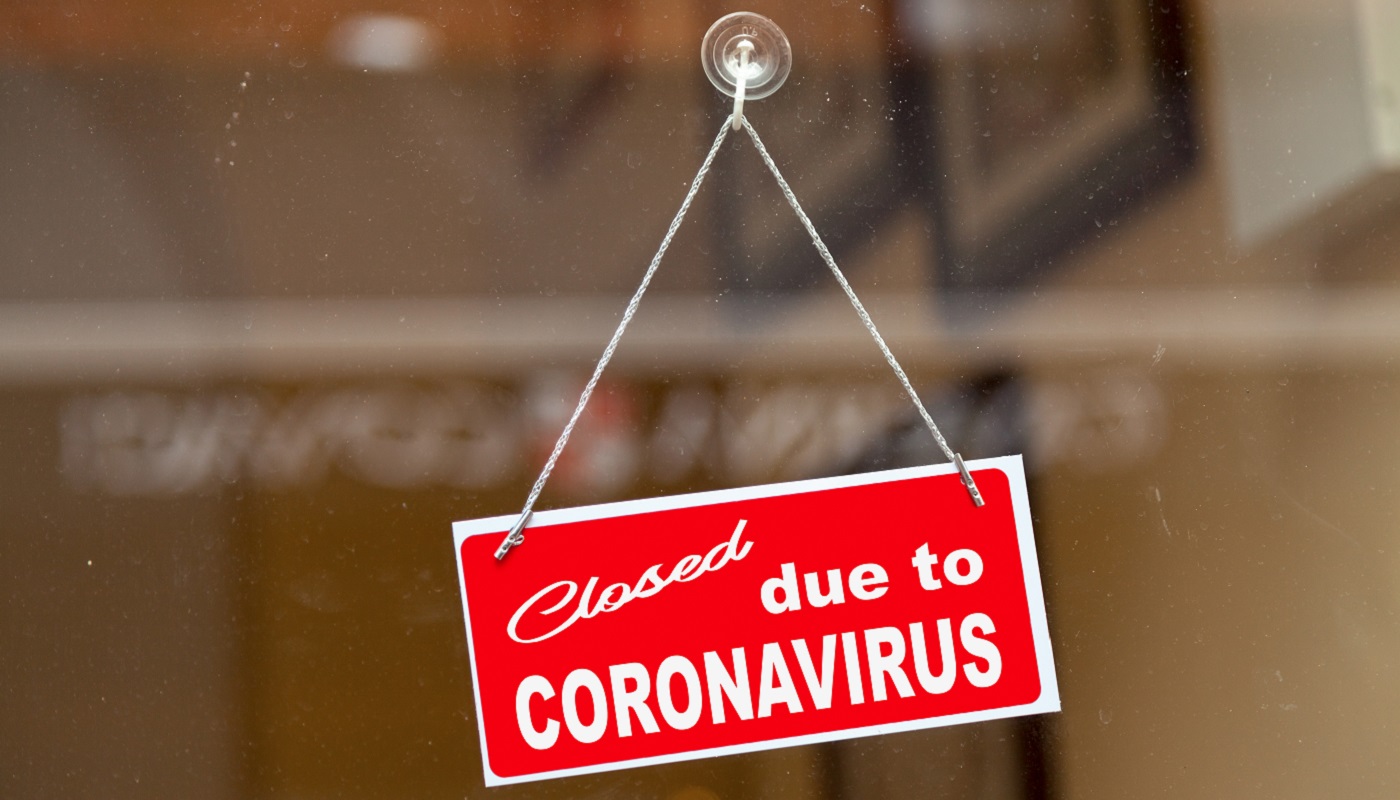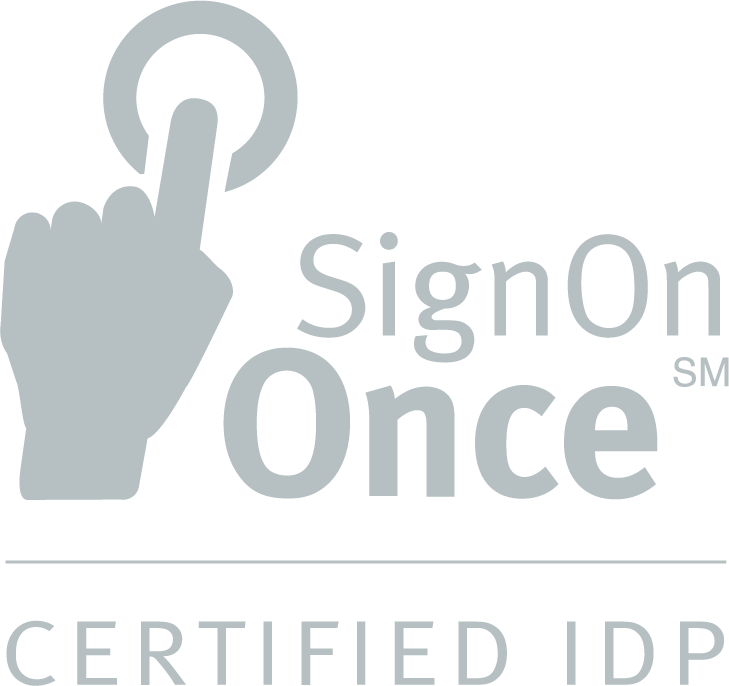According to a recent National Academy of Science study, the likelihood that any year will see a pandemic the magnitude of COVID-19 is currently around 2%. This means that a person born in 2000 had a 38% chance of seeing a global outbreak by 2020. This prediction came true for millennium kids.
As outbreaks like COVID-19 wait on the horizon, business owners will continue to look for ways to protect their operations from government-enforced shutdowns and quarantines. In a recent report, The Society for Human Resource Management (SHRM) states 62% of small businesses have reported a decrease in revenue as a result of COVID-19 and 42% have reported shuttering their operations entirely.
To find relief from the financial losses pandemic closures dealt, many business owners turned to their business interruption insurance (BII), but most came away empty-handed. The National Association of Insurance Commissioners reports $1.3 billion in pandemic-related property and casualty claims filed by November 2020 with 84% resulting in closure without payment. For the vast majority of BII policyholders, the financial losses they suffered because of COVID-19 interruptions were not covered.
There are no easy solutions
Insurers have argued that a pandemic is not an insurable peril and therefore, shutdown-related losses are not covered in BII policies. In typical policy language, to qualify as a covered loss, the government must explicitly prohibit access to the immediate surroundings because they are dangerous and impose an imminent threat. Additionally, many policies identify closure time limits that end after three or four consecutive weeks. Pandemic-related closures were not mandated based on explicit instructions to close, as some businesses were allowed to stay open while others were not. Additionally, some businesses were required to stay closed for longer than the four-week maximum stated in many policies.
Furthermore, carriers are finding it difficult to define the risks that pandemics create. Typically, “for a risk to be insurable, there must be a large number of separate and distinct exposure units, the chance of loss must be calculable, the amount of loss must be measurable in advance, the loss cannot be widespread and catastrophic, and premiums must be economically feasible,” states the CCMR Pandemic Business Interruption Insurance Report.
These issues with defining risk and writing inclusive policies are only the beginning. The difficulties of paying millions in simultaneous claims, a lack of accurate pandemic modeling, unpredictable future pandemic losses, and the inability to properly distinguish direct pandemic losses, make including pandemic coverage in a BII policy nearly impossible.
So far, in the 2021 legislative session, eleven states have proposed legislation to address pandemic coverage gaps in BII policies. These bills range from requiring policy language that includes business interruptions resulting from pandemic events, invalidating pandemic exclusions in existing policy language, or requiring compensation to policy holders and reimbursing insurers for the cost.
The next pandemic may not resemble COVID-19, and the inability to predict the financial severity makes it difficult for carriers to effectively incorporate pandemic-related losses into current BII coverage. Currently, including pandemic coverage would be so prohibitively expensive that many business owners would opt out. If the federal government mandates inclusion of pandemic-loss coverage, insurers might react by eliminating BII policies altogether, leaving businesses exposed to loss.
Additionally, future pandemics might create insurmountable financial loss, creating a situation where insurers could not meet their coverage obligations. Each scenario presents the likelihood that businesses would not be able to recover their financial losses in the face of another pandemic.
Government intervention may be the answer
H.R. 7011, The Pandemic Risk Insurance Act (PRIA), introduced by Rep. Carolyn Maloney (D-NY), would provide financial protection for insurers who offer pandemic-related coverage in BII policies. Under PRIA, insurance companies would pay pandemic-related claims to an aggregated upper limit of $750 billion dollars. Once private insurance claims reached this ceiling, the federal government would step in to pay additional claims. This voluntary program would allow insurance companies to write pandemic coverage into BII policies without exposing themselves to insolvency. Yet, the voluntary nature would allow carriers to forgo pandemic-loss coverage.
Another solution lies in a program like current federal flood insurance coverage. The Business Continuity Protection Program (BCPP) would sell insurance against financial loss to private and non-profit businesses through the federal government, leaving insurance companies out of the equation entirely. However, the government program may contain features, coverages, and limits that are unattractive to business owners.
Finally, the proposed Business Expense Insurance Program (BIP) would resemble the PRIA but be mandated for all insurers who write BII policies. Again, the federal government would be triggered to augment claims payouts once an established upper limit was reached. However, the involuntary requirements of this proposal might cause insurance companies to stop writing BII policies altogether to limit financial exposure.
Finding a balance for future coverage
While it is uncertain how pandemic coverage will evolve, statistics tell us another pandemic is all but inevitable. The insurance industry, U.S. and state governments, and business owners will hopefully find a solution that does not create any unfair burden.


